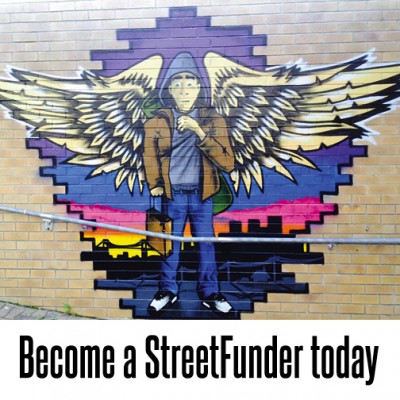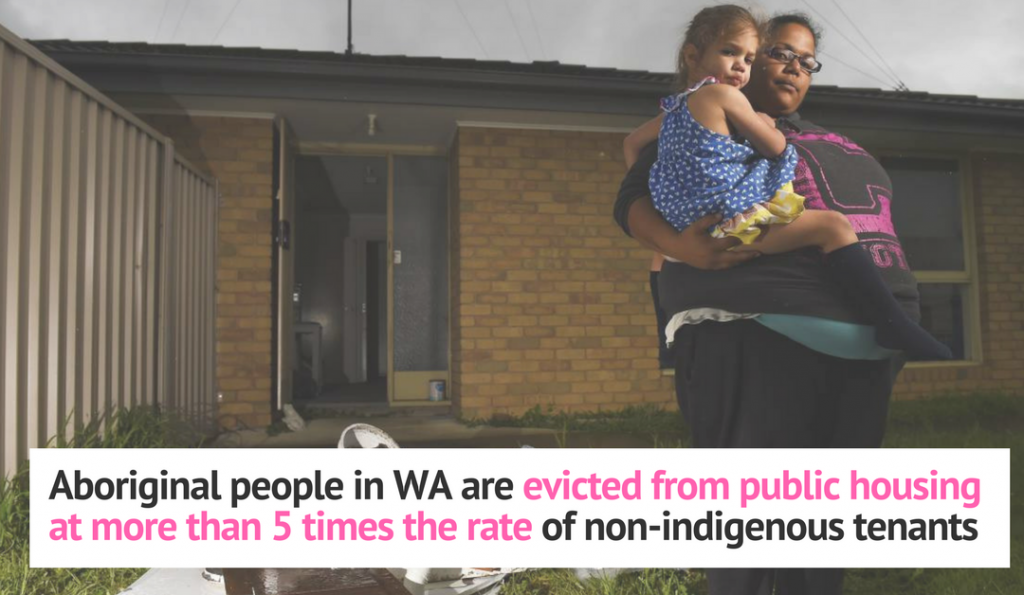 In 2011 the WA government implemented a ‘big stick’ approach to public housing evictions. Because Indigenous people are more likely to require public housing, and more likely to have complex issues – the practice has meant more Indigenous evictions. The First Nations Project have proven that the big-stick is unwarranted. By providing the assistance a family needs, like property maintenance and psycho-social support they need. The Project has prevented 100% of evictions and achieved this result with an army of volunteers and very little funding. When the taxpayer bill for every eviction is $40,000 and comes at enormous cost the family, we have to ask – who is it really helping? Read More
In 2011 the WA government implemented a ‘big stick’ approach to public housing evictions. Because Indigenous people are more likely to require public housing, and more likely to have complex issues – the practice has meant more Indigenous evictions. The First Nations Project have proven that the big-stick is unwarranted. By providing the assistance a family needs, like property maintenance and psycho-social support they need. The Project has prevented 100% of evictions and achieved this result with an army of volunteers and very little funding. When the taxpayer bill for every eviction is $40,000 and comes at enormous cost the family, we have to ask – who is it really helping? Read More
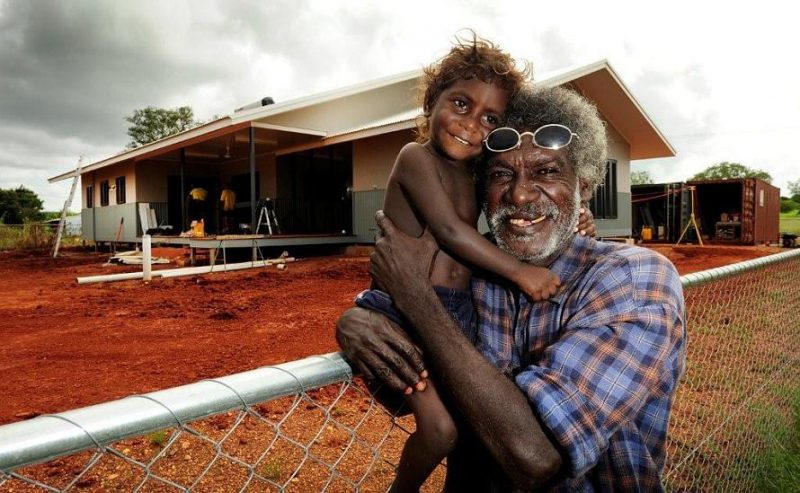
This February will mark 10 years since Kevin Rudd stood on the parliament floor and said ‘sorry’ to the stolen generations. It was a rare moment and the nation seemed poised to genuinely move towards reconciliation.
Sadly, in the 10 years that have passed, not a lot has changed. Read More
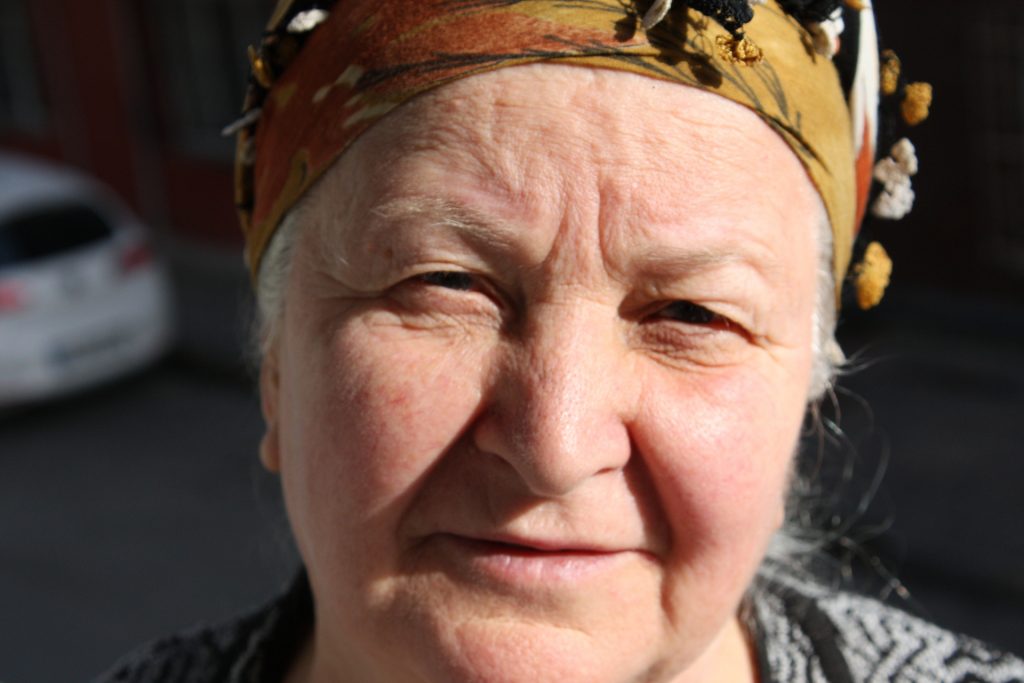
While the stereotypical face of poverty is a older man – a lifetime down on his luck, the fastest growing demographic of people experiencing homelessness is single women over the age of 55.
For 15 years StreetSmart has been funding smaller grassroots organisations on the front line of community services. In recent years we have supported a number of services that are raising alarm bells about the scale of the issue, and the need for urgent reform. Read More
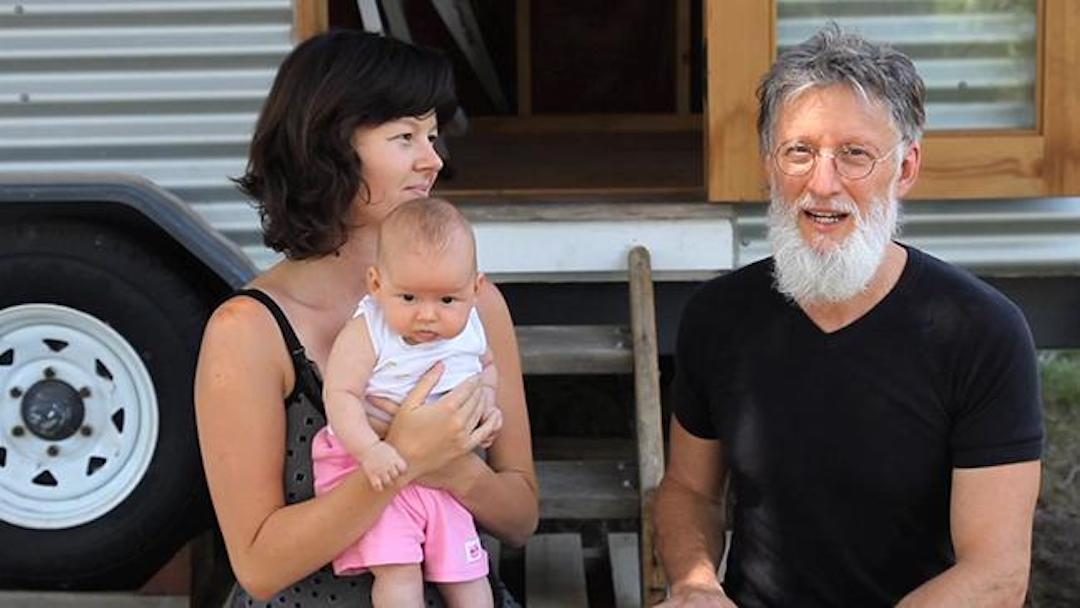 So-called ‘tent city’ on the doorstep of the Reserve Bank in Sydney and Flinders Street in Melbourne has generated a lot of media, and heavy-handed responses from public institutions. But sadly, homelessness in metro Australia is just the tip of a much greater problem.
So-called ‘tent city’ on the doorstep of the Reserve Bank in Sydney and Flinders Street in Melbourne has generated a lot of media, and heavy-handed responses from public institutions. But sadly, homelessness in metro Australia is just the tip of a much greater problem.
A recent report by the Council for Homeless Persons found that 37% of rough sleepers are in the middle and outer suburbs, whereas only 8% of people sleeping rough gravitate to inner metro areas.
“Rough sleeping in the CBD and central areas has a lot of visibility and media coverage, but there are a lot of rough sleepers in the outer suburbs,” says Jay Church from Anchor Housing, an organisation servicing Melbourne’s Yarra Ranges, and our StreetFunder supported project this October.
The Yarra Ranges includes the very outer urban fringe and semi-rural areas. The region ranks highly housing stress, which is estimated to sit at 30.3%. It also ranks in the top 10 areas for socio-economic disadvantaged communities nationally.
“The Yarra Ranges includes pockets of deep poverty and a highly vulnerable demographic,” Church said. “Coupled with the cost of private rental, the capacity to meet that cost is simply out of reach for lots of people.”
Suburban homelessness is increasing in lockstep with rising housing prices, stagnant wages and, below poverty level income support payments. In areas with few job opportunities, and poor amenities, services like Anchor Housing are a lifeline for people doing it tough.
The Rough Sleeper Initiative engaged rough sleepers in Melbourne, Port Phillip, Stonnington and Yarra Ranges. They found the majority of people were on some form of income support, and in labour force. “This picture supports a conclusion that labour market conditions and low-income support payments are drivers of increasing levels of homelessness and rough sleeping,” the report said.
Anchor Housing provided 1,839 bed nights in 2016/17 and about 46% of those helped were already homeless when they presented. The other 54% are part of a growing demographic of the ‘almost homeless’ – people in deep financial stress and at risk of losing their home.
Deep cuts to the federal social services budget over successive years has stripped away the ability of many services to assist people in crisis who need assistance with bills, rent, medicines, food and other basic needs.
We have been funding homelessness organisations for fifteen years, and the sad reality is that it is getting worse, not better. More and more people require help to meet very basic living costs, and often small amounts of funding are all that stands between someone having a home and them ending up homeless. Meanwhile, services are having their funding cut, or left in a constant state of limbo.
StreetSmart has supported Anchor with $15,900 in community grants since 2006 and will be supporting Anchor again this October to try and redress the black hole funding cuts have left in their material aid budget. That means a food voucher for a young family in crisis accommodation or financial assistance to keep up with the cost of private rental.
“We support people who are experiencing homelessness to get back on track, including people are rough sleeping. We also do a lot of work with people at risk. Preventing people from becoming homeless in the first place is a key.”
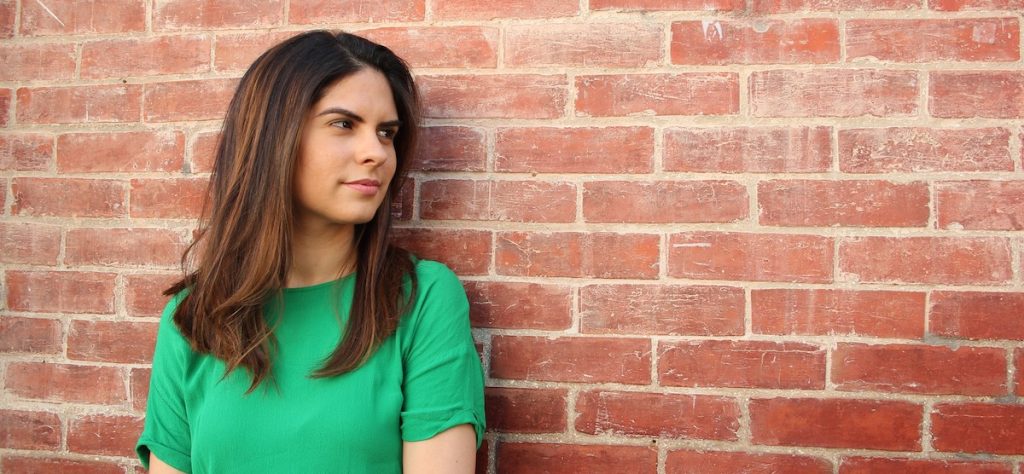
On any given night 26,238 Australians aged 12-24 are homeless. These young people are more likely to leave school, experience long term unemployment, and are more likely to experience persistent homelessness in adulthood.
The main risk factors that lead to homelessness among young people include: family violence, child abuse, parents with alcohol or drug issues, and mental illness. That is to say – young people who experience homelessness have the odds stacked against them from the outset. Read More
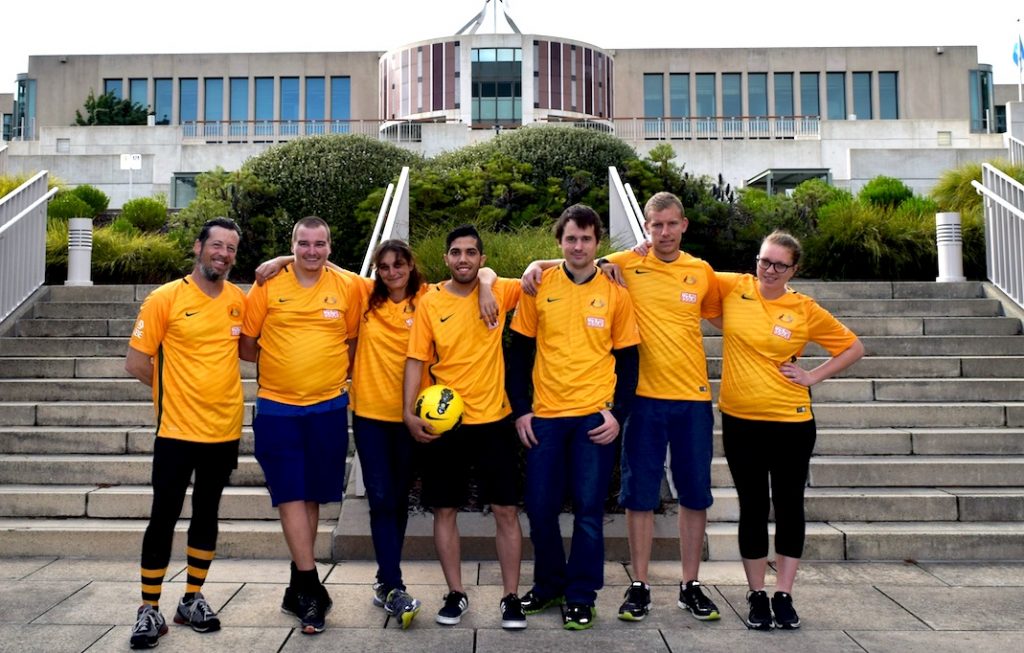
When so much attention on homelessness surrounds the eviction of rough sleepers from major cities, or the doom and gloom of housing (un)affordability – it’s good to shine a light on some positive actions that are changing lives.
At StreetSmart, we proudly support new ways to tackle homelessness and have provided seed funding for ideas like Orange Sky Laundry, Fare Share and HoMie which have all gone on to make meaningful community impact. Another program that has grown in leaps and bounds is the Big Issues Street Soccer program. Read More
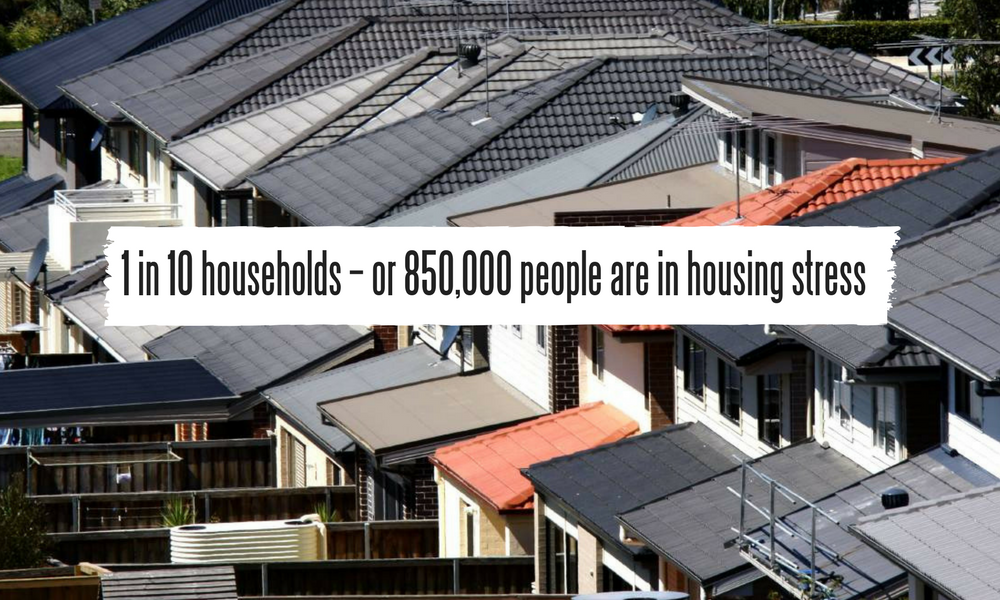
Source: Council for Homeless Persons
We know that the number of people trapped in the cycle of chronic homelessness is on the rise. It is one of the most visible social problems we face today. Lack of affordable housing options is the number one cause of homelessness, and it’s a nation wide issue.
Away from the streets the majority of homeless people are surviving in severely crowded dwellings, refuges, and other forms of crisis accommodation. Many of these options are not only temporary – they are unsafe.
Then there are the Almost Homeless – low income earners battling unaffordable rents and an absence of alternatives. Those people represent an incredible one in ten households – that is 850,000 people who are one more rent hike away from homelessness.
While our urban centres are certainly the most unaffordable – the squeeze is spreading further and further out. The last Census found that 60 per cent of Australians sleeping rough were outside the major cities.
Mandy Booker at Homeless Hub provides frontline services to the homeless population in the -Illawarra region, and free outreach services to the growing number of people who are at risk of becoming homeless. In the Illawarra region, around 1000 people are homeless each night, and the Homeless Hub is a lifeline for many of these people.
“There is a lot of media around prices and the lack of affordable housing. But it is so much more than sound grab – it is a deep problem that is hurting so many people from all walks of life.”
Many smaller townships like Wollongong are absorbing large numbers of people who are migrating in search of cheaper accommodation, safety, and accessible support services.
“We see lots of people who are migrating in search of safety, support and the hope of more affordable housing options.”
But even in regional Australia private rental options are too expensive – or simply unwilling to take on lower income tenants. Social housing stock is at historical lows with waiting lists ranging up to 10 years. Even the UN is concerned about the boiling housing market, lack of social housing, and its impact on average and low income earners.
We echo the position of the Council to Homeless Persons that we urgently need leadership on a National Affordable Housing and Homelessness Strategy. We need strong funding arrangements for the states to support local services.
Right now, the not-for-profit sector is shouldering the burden with ever shrinking government support. The majority of the programs we provide grants to have no public funding. StreetSmart grants are able to fill the gap with the support of businesses and individuals who are concerned about what is happening in their communities.
Homeless Hub is one of the services doing what it can, with the resources they have, to try and ease some of the pressure people in housing stress are facing.
“So many people are just barely keeping a roof over their heads. They are being priced out of their homes. Rather than wait until people become homeless, we really need to provide support for them to stay housed.”
This month our StreetFunder program is supporting Homeless Hub with a grant for their mobile outreach program. If you want to lend a hand, you can find out more here.
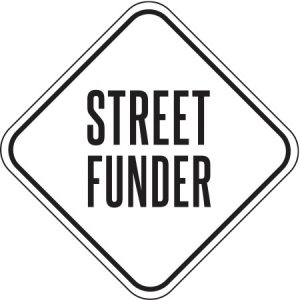
StreetFunder crowd sources support for grassroots projects that work to combat homelessness.

CareVan works in the Victorian and NSW boarder and serves up company and hot meals to the most vulnerable in the community.
This month is one of the coldest of the year. For those without a safe place to sleep or without the resources to heat their home, it’s the toughest time of year. That is why we are supporting three projects this June that are providing hot meals to people doing it tough.
Food security is an invisible crisis in our community. The dismantling of the social safety net by successive governments, housing stress, stagnant income growth, job insecurity and the cost of living are piling up – and it’s costing people dearly.
1 in 6 Australians report having experienced food insecurity at least once in the last 12 months, and a quarter of these are going hungry regularly. This is the difference between paying rent or a decent meal. It’s the choice between the gas heater and sending the kids to school with a packed lunch. Kathy Hogarthy at the St Mary’s House of Welcome has been running their meal service for years and explains that the “poorest of the poor” is a fast growing group:
“The demand for our services is unprecedented. In the last six months our daily breakfast has doubled and for some of these people that will be their only meal for the day.
It gets really cold and people need a substantive meal to stay healthy and warm. People are having to make the choice between a poor meal from a 7/11 and their medication or other really essential needs.”
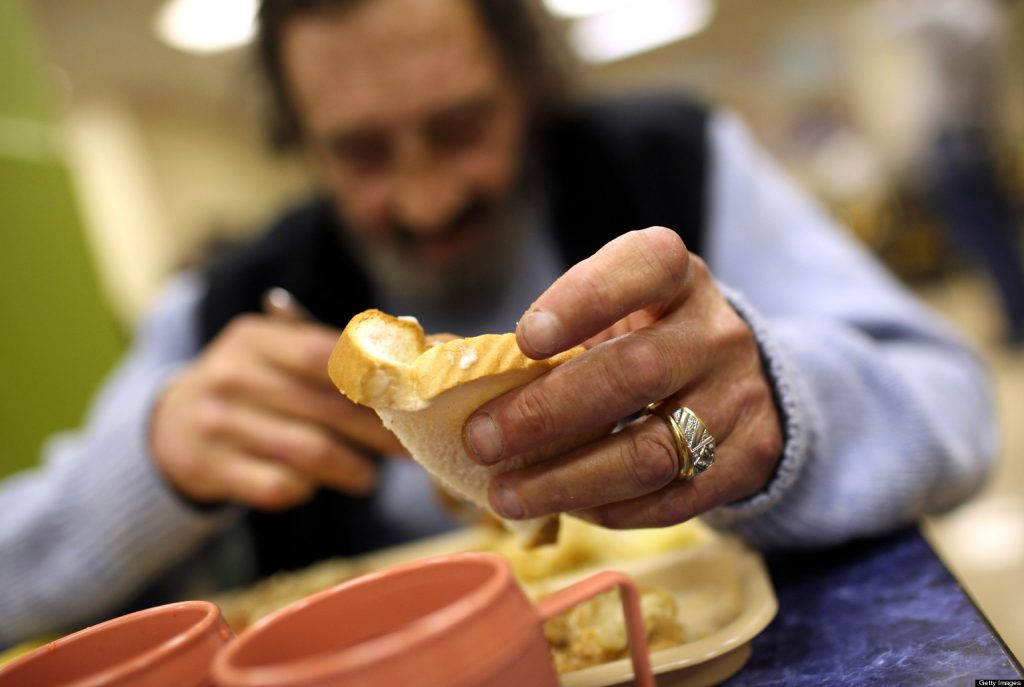
Nationally more than 644,000 people now receive food relief each month, a third of whom are children. As a wealthy country it should be deeply shocking that we have eroded our once strong social safety net to such an extent that more than half a million people cannot put food on the table every month.
The depth of this problem is indicated by the diversity of those it effects. People with a disability, seniors, aboriginals, migrants and asylum seekers, women escaping domestic violence, people in rural or remote areas, single parents, as well as single men. Kathy has witnessed a shift in the kind of people coming in for the meal service:
“We are seeing a lot more women than in the past, lots of them sleeping in their cars and coming to us for a shower and a meal. Aboriginal people, and even children. The working poor haven’t seen an income rise in years, and can’t cope. There are so many factors, and so many people who just can’t even scrape by anymore.”
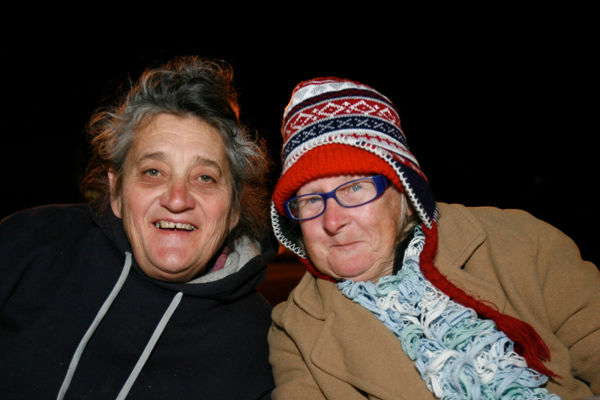
Happy diners at the CareVan meal service
The CareVan operates a meal service in Albury Wodonga for some of the communities most vulnerable, many of whom are wedged between different state arrangements of housing and social services. They also support a local church by donating meals, which Stacey Franklin says brings in more working class people who cannot cope with the cost of living, but still have a roof over their heads. Popping in to grab a take-away is less confronting for people who don’t have much interaction with charitable services. For these people, bill shock is a big reason they are struggling and need support when a big bill lands in their letter box.
With the sharp increase of people sleeping rough, we are confronted by poverty every time we step outside. The people cluttered around the safety of inner city streets are at the rough end of crisis. Less visible are families who can’t afford rent, let alone put food on the table. For every six people sleeping rough there is another 100 invisible people not able to afford the basics like food and shelter. Every one of these people deserves better, and that includes a nutritious meal and safe place to call home.
While we believe that governments need to step up and take the lead to address this crisis – we know that takes time, and people are struggling right now. You can support CareVan, St Mary’s House of Welcome and the Adelaide Day Centre meals services through our StreetFunder by following the link below.
StreetSmart is all about crowdfunded people power and getting every dollar donated to where it’s need most.
JOIN US IN THE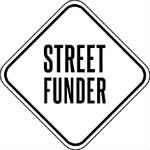 FIGHT AGAINST HUNGER THIS WINTER BY DONATING TO OUR STREETFUNDER
FIGHT AGAINST HUNGER THIS WINTER BY DONATING TO OUR STREETFUNDER


